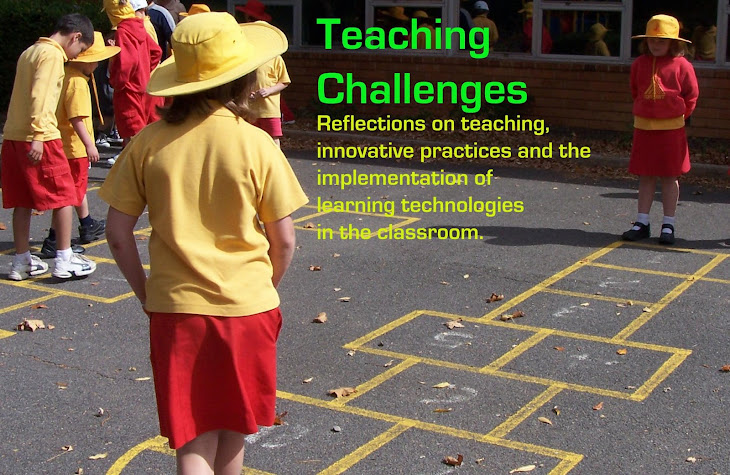Coaching Others - Aurasma App for Maths
In recent weeks I have been sharing my journey as I explore the use of Aurasma in the classroom. This week I share about a Maths rotation activity a co-teacher and I created. This is the infamous co-teacher who introduced me to Aurasma in the first place and encouraged me to explore it further. Together we designed a Maths rotation activity for students to use with word problems involving sharing money.
Our idea
We wanted to use Aurasma as a self-check method for students on completion of some word problems. The aim of this was for us to practise using the Aurasma App to deliver content.
Our plan
Students visit displayed posters and try to work out the answers using their own strategies. Once they feel they have accurately answered the question, they use Aurasma to scan the poster and see a video of our explanation.
Execution
 We made images with Sketchbook Pro and printed these to make posters, along with the word problem students were to solve. In this case the word problems were about sharing money between a group of students. We used an iPad to create a video overlay of our explanation, and created our trigger image by taking a photo of the poster. We saved all auras to a public channel for students to access.
We made images with Sketchbook Pro and printed these to make posters, along with the word problem students were to solve. In this case the word problems were about sharing money between a group of students. We used an iPad to create a video overlay of our explanation, and created our trigger image by taking a photo of the poster. We saved all auras to a public channel for students to access.In the Classroom
Four groups of students rotated through this activity. A lot of time in the first session was spent getting the iPads sorted and "following" my co-teacher. We then explained that students would use the toy notes and coins available to help them to find the answers to the questions. They could then check their answers using the iPad video explanation.
Unfortunately, I learnt a hard lesson about the need to use unique images for the trigger images. As I had reused my characters and just added to the slides when creating the images, students found that the wrong overlay popped up when scanned. We then had to do the second set of rotations without the Aurasma element.






